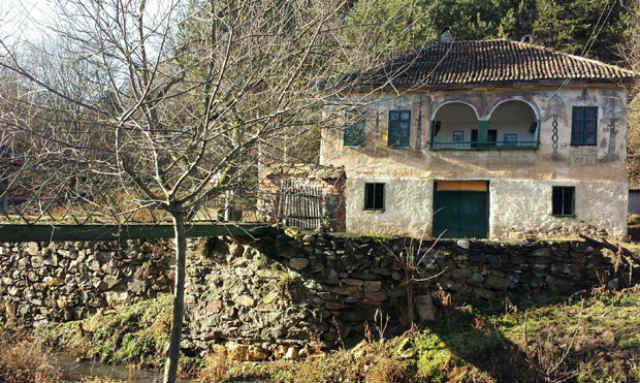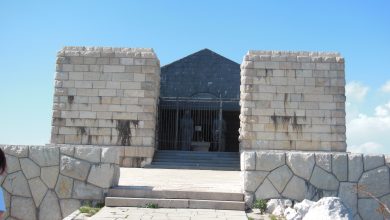THE OLDEST HOUSE IN SERBIA: ALTHOUGH IT IS MADE OF MUD, IT HAS RESISTED FOR MORE THAN TWO CENTURIES

In Gornji Racnik, an authentic building stands intact, which was also recognized by the Institute for the Protection of Culture of Serbia. It was made by four brothers: Aca, Aksentije, Đorđe and Antonije Kostić
Large celebratory room, with authentic, painted beds, benches, large table and dome, living room with fireplace, sofa, tripods and cupboard, which is the forerunner of the hanging kitchen, bedroom, decorated with various mills, bathtubs, wooden troughs, cesspools, pottery, weaving frames… Basement, built of stone, with a room where fruits and vegetables and brandy barrels were kept. This is what the mud and straw umbrella in Gornji Racnik near Jagodina looks like, which the experts of the Institute for the Protection of Cultural Monuments in Kragujevac declared one of the two unique houses in Serbia.
Experts from the Institute for the Protection of Cultural Monuments in Kragujevac told me that the 130-square-meter house was grandiose, because the umbrellas from that time had about forty square meters each. The Institute for the Protection of Cultural Monuments from Belgrade has included it in the catalog of the most beautiful Serbian houses.

It is interesting that the umbrella was ruled by four brothers: Aca, Aksentije, Đorđe and Antonija Kostić. After the marriage, the brothers built three more houses in the same yard. They decided which one would belong to whom by pulling out the trees. The first house belonged to Aci, who was the first educated resident of the village and commander of the administration in the village of Bagrdan during the First World War. Dragan, who is his fifth generation, took care of the house he loved as a boy, and as a sign of gratitude, his uncle Aleksandar Kostić rewrote half of the house for him.
The house is well preserved, and the most important thing is that it is authentic, because almost nothing has changed since its construction. The windows and doors are wooden, the doxa is authentic, and it was used to sit on the dinner upon arrival from the field. My grandfather told me that the beams, 13 meters long, were brought from the mountain in a double carriage. The dishes and furniture are also authentic. The house was painted in 1891 with colors that are still stable today.
At the end of last year, unfortunately, this house was engulfed in a fire that was very quickly localized and extinguished, so there was no major damage to the building itself or to the surroundings.



